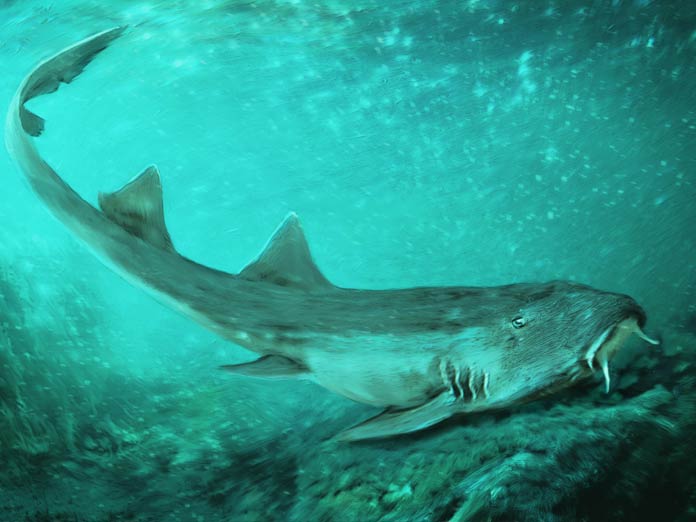Live
- ITC HOTELS’ OPEN WELCOM HOTEL JABALPUR IN MADHYA PRADESH
- Hyundai IONIQ 5 takes part in GUINNESS WORLD RECORDS™ title for the Greatest altitude change by an electric car
- Xiaomi Pad 7 India Launch on January 10: Expected Price, Specifications, Features, and More
- Muzigal launches its State-of-the-art Music Academy in Miyapur, Hyderabad.
- AP Weather Alert: Meteorological Department Issues Rain Warning for Next 2 Days
- Toyota Kirloskar Motor Unveils “Happier Paths Together” – A Corporate Campaign Championing Happiness for All
- Promoting Sports and Athletes is Telangana Government’s Priority – MLA Rajesh Reddy
- CM Revanth Reddy Urges Tollywood to Collaborate on Social Issues
- Karnataka BJP Protests Congress Over Alleged Misuse Of Public Funds
- Thousands Pay Tribute to Lance Havaldar Anoop Poojary in Udupi









